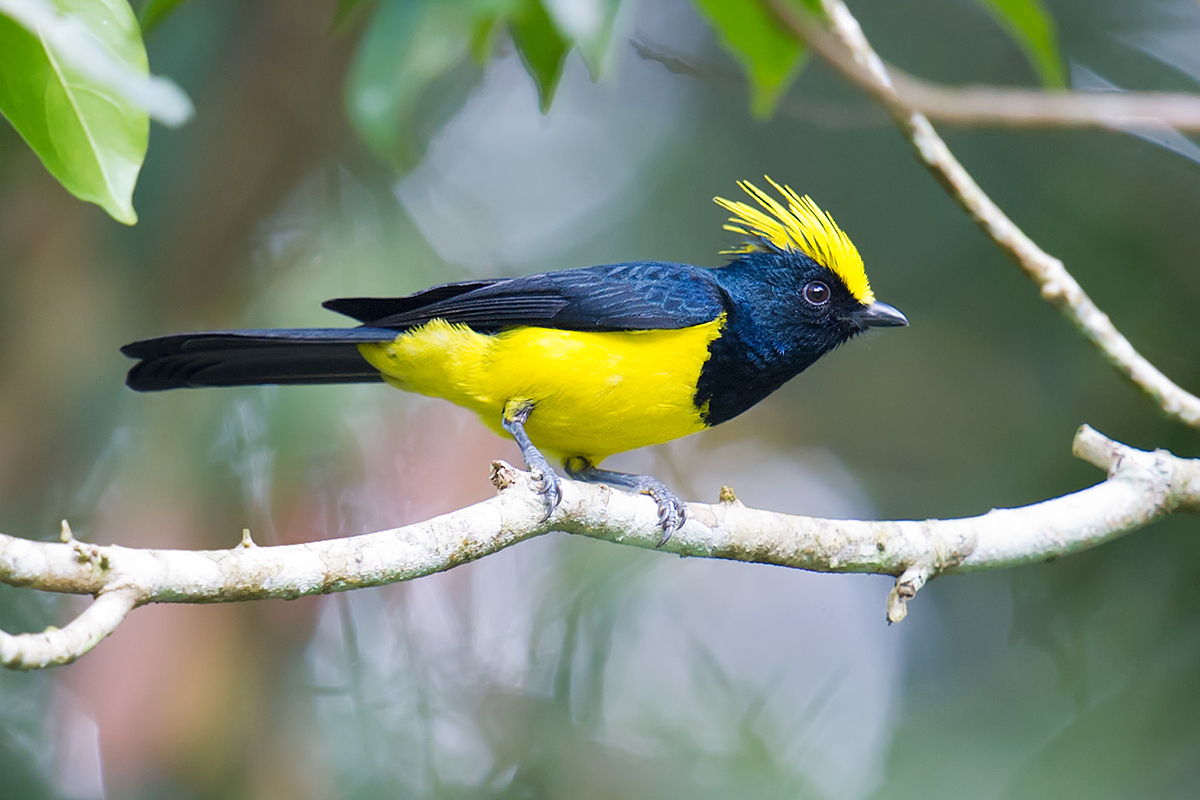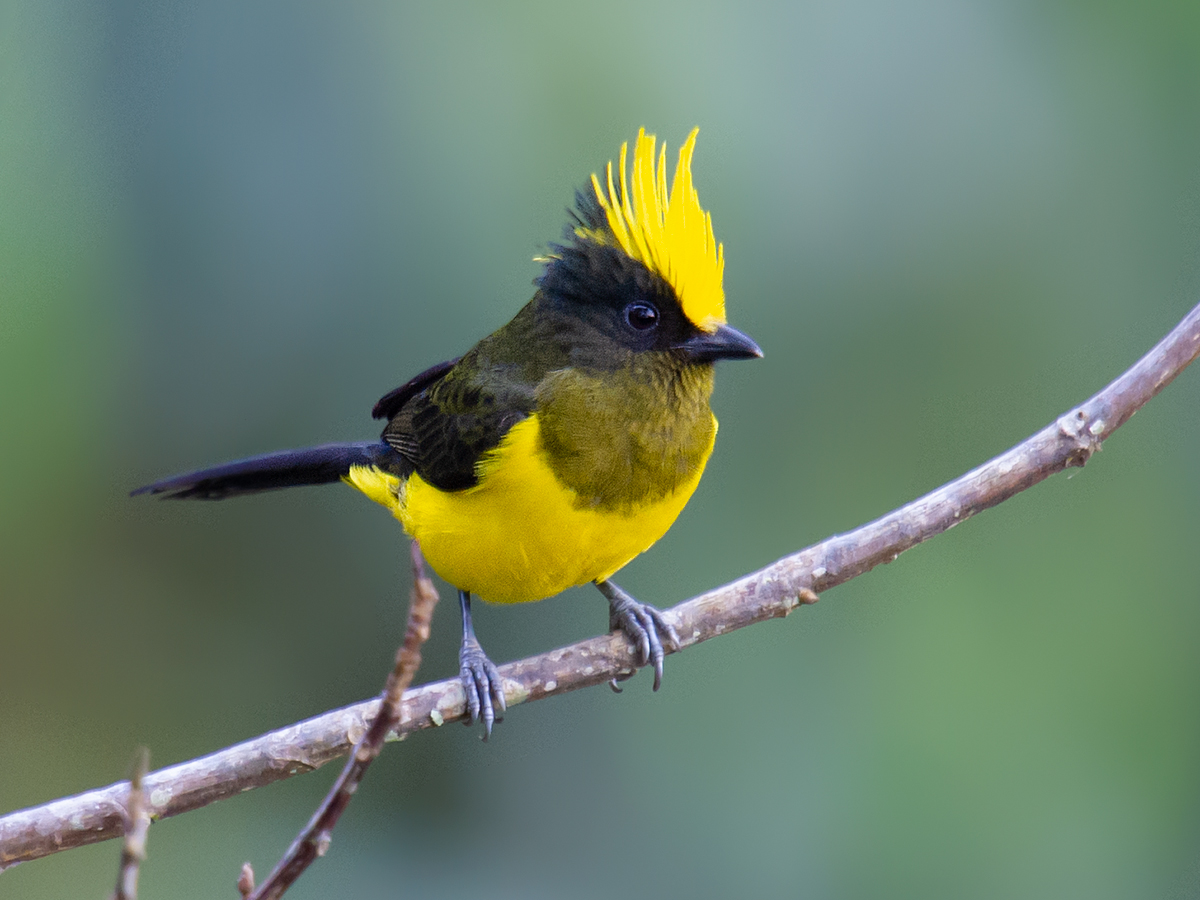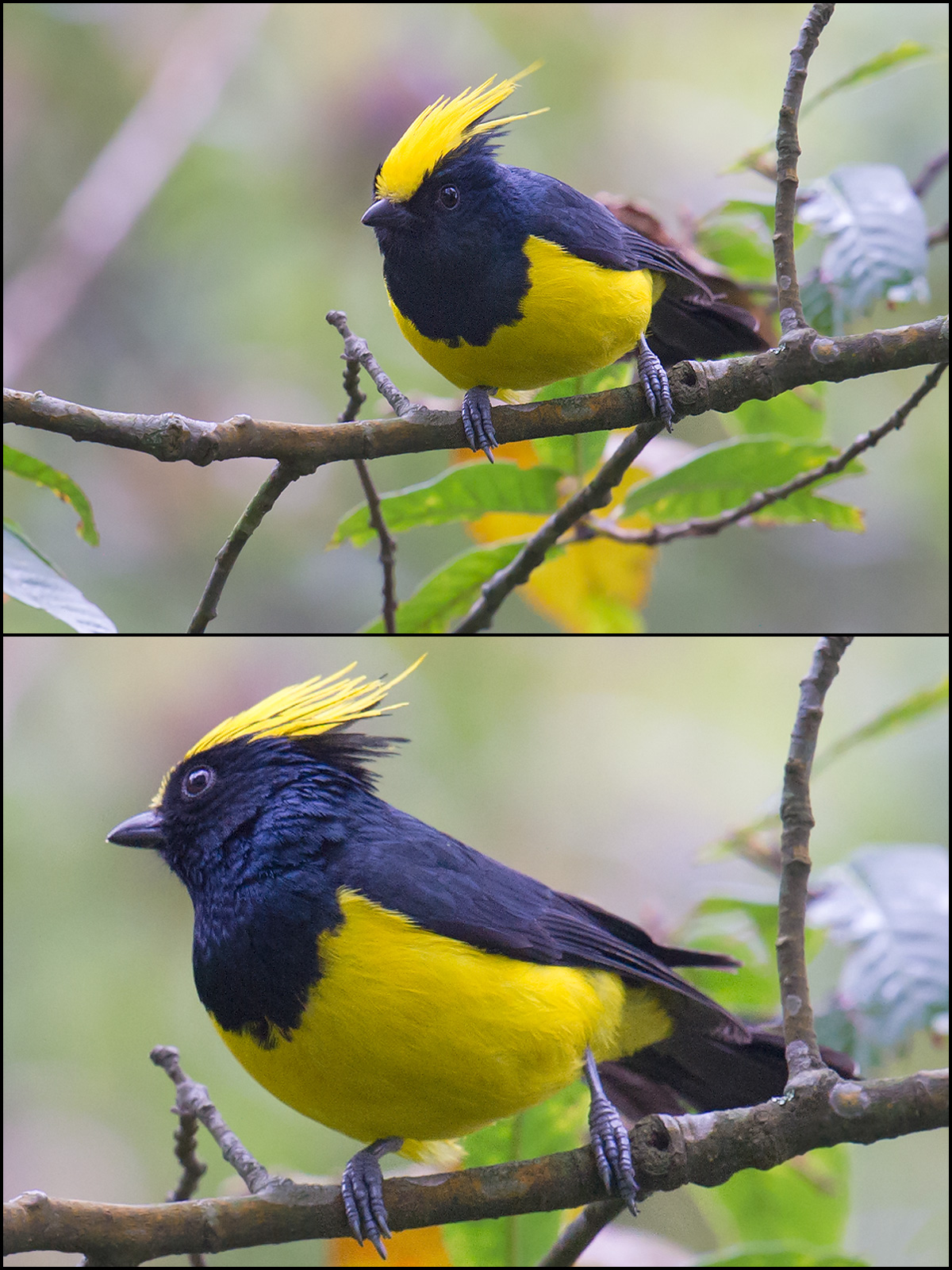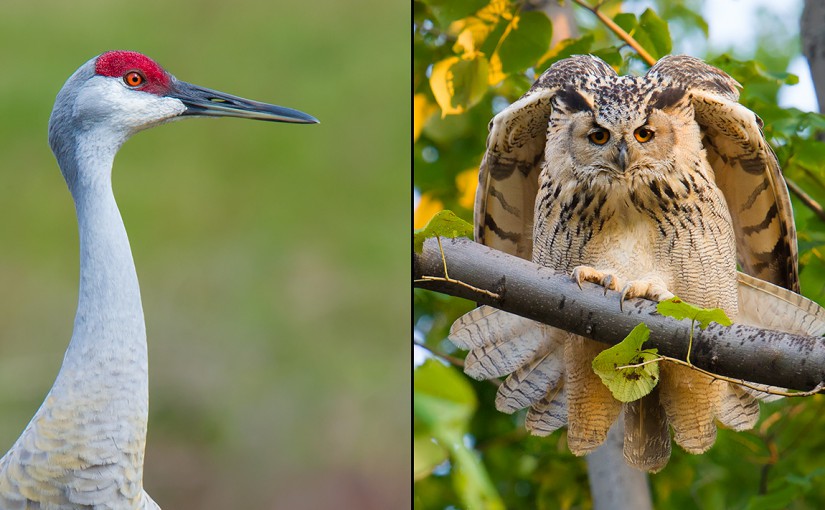by Craig Brelsford
Founder, shanghaibirding.com
For Elaine and me, 2015 was the Year of the Crane and the Owl. This post is the story of our amazing year.
2015 was a year that saw us note 640 species of bird in Asia and North America. It was a year that saw us find 450 species in China, 305 species in the Shanghai region, and 227 species within the boundaries of Earth’s largest city.
It was a year in which, on 21 Jan., Elaine and I got married in the house in Heilongjiang in which she was born.
Days after our wedding, at my parents’ house in Florida in the United States, a pair of Sandhill Crane walked through my parents’ back yard. Throughout our weeks in Florida, they came again and again; the cranes are part of a non-migratory flock that is both fully wild and completely at home in suburban central Florida. No one disturbs them.
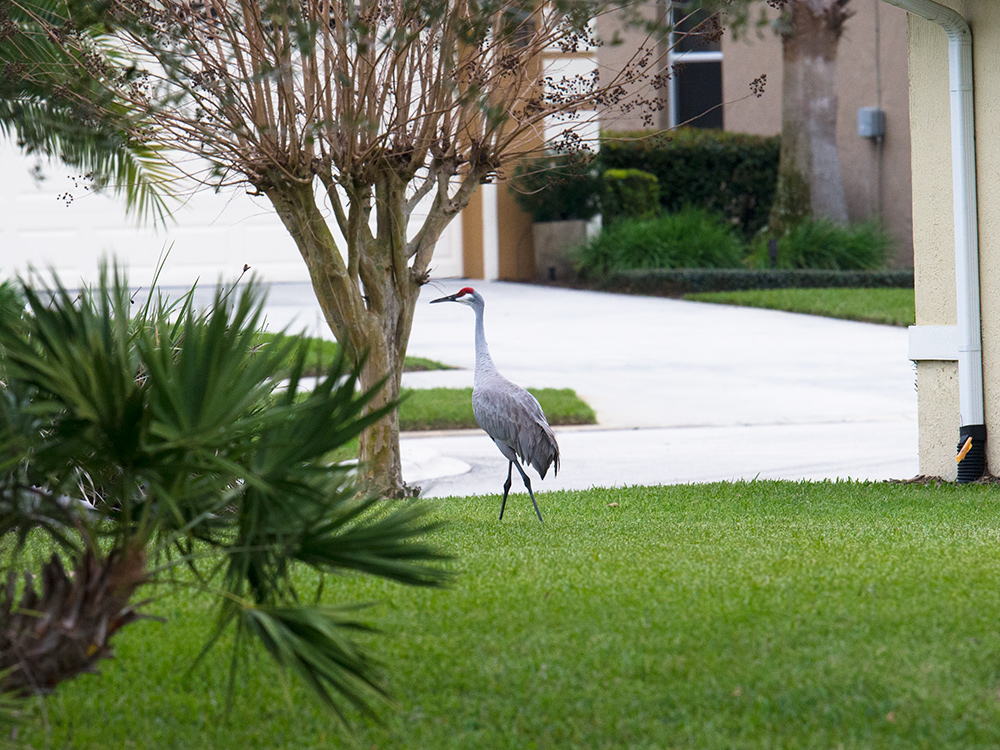
Elaine was astonished. To her, the cranes came to symbolize all that is good about birding in America.
In August, Elaine and I returned to her home in Heilongjiang. A pair of Eurasian Eagle-Owl came to her village night after night. They hooted from the rooftops of the farm buildings that Elaine’s father built. We saw the owls by day, at the nearby quarry where they had nested.
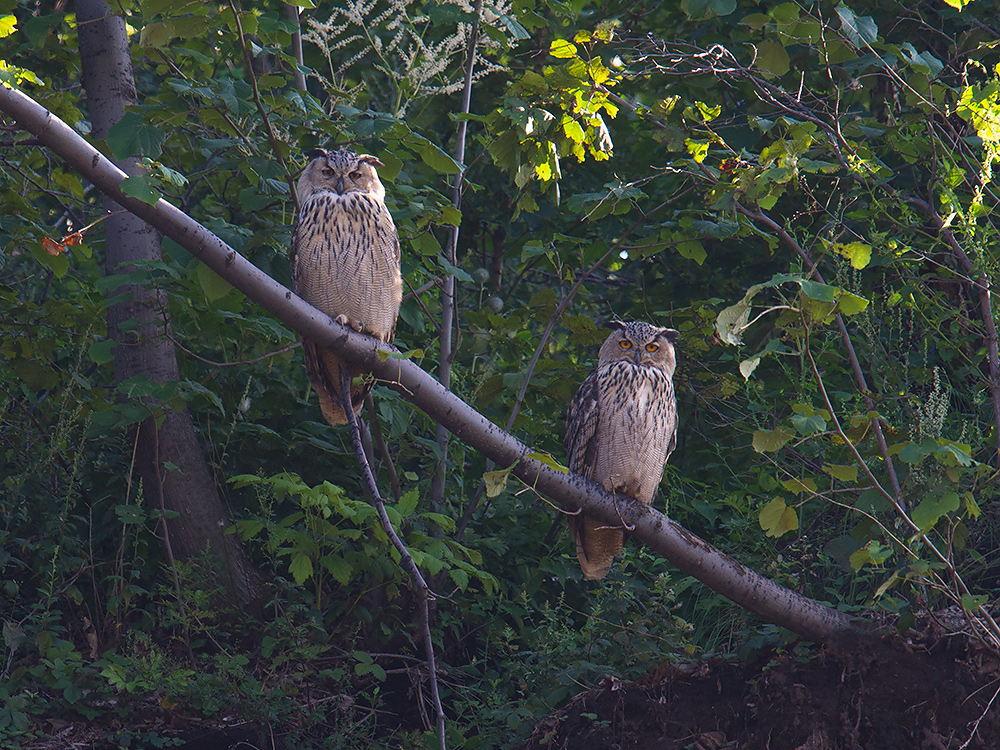
I was astonished. To me, the eagle-owls came to symbolize all that is good about birding in Asia.
In the year in which we were married, Elaine and I visited each other’s hometowns for the first time. At my home, cranes; at Elaine’s, eagle-owls. Forevermore, 2015 will be remembered for the powerful birds that visited our homes. In the Brelsford house, 2015 will go down as the Year of the Crane and the Owl.
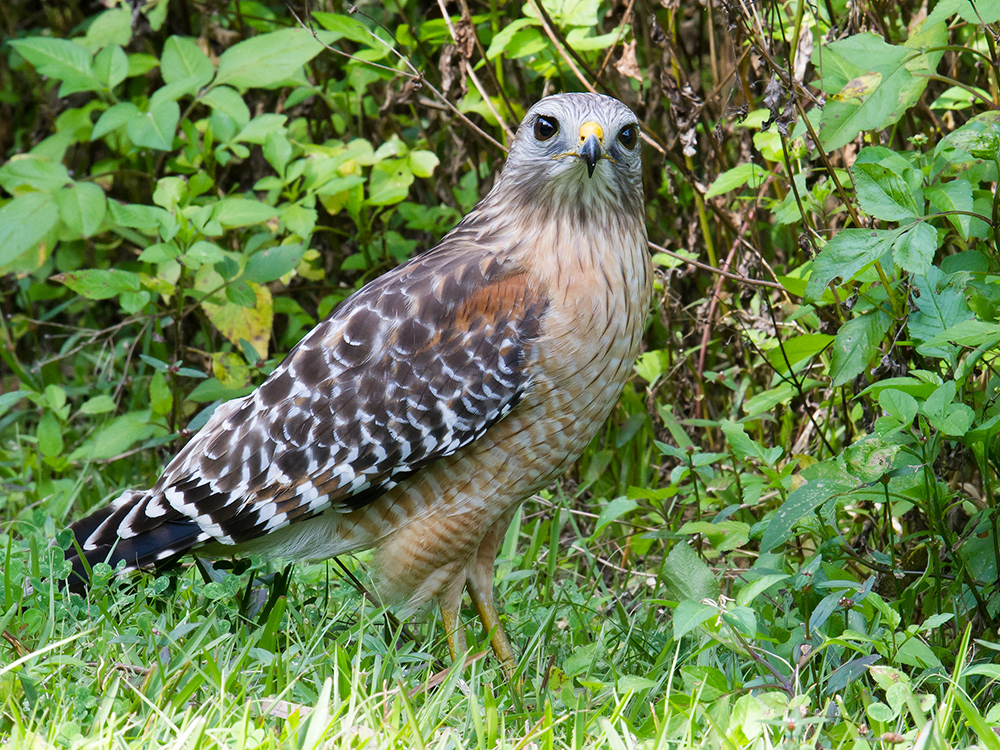
WHERE DID WE GO IN 2015?
In China, Elaine and I stayed in the east, taking two major trips to Heilongjiang and neighboring Hulunbeier (Inner Mongolia), two trips to Emeifeng in Fujian, and an eventful five-day trip to Guangxi. We also spent a week in Beijing and Hebei. We birded with Jan-Erik Nilsén, Brian Ivon Jones, and Michael Grunwell, fine birders all.
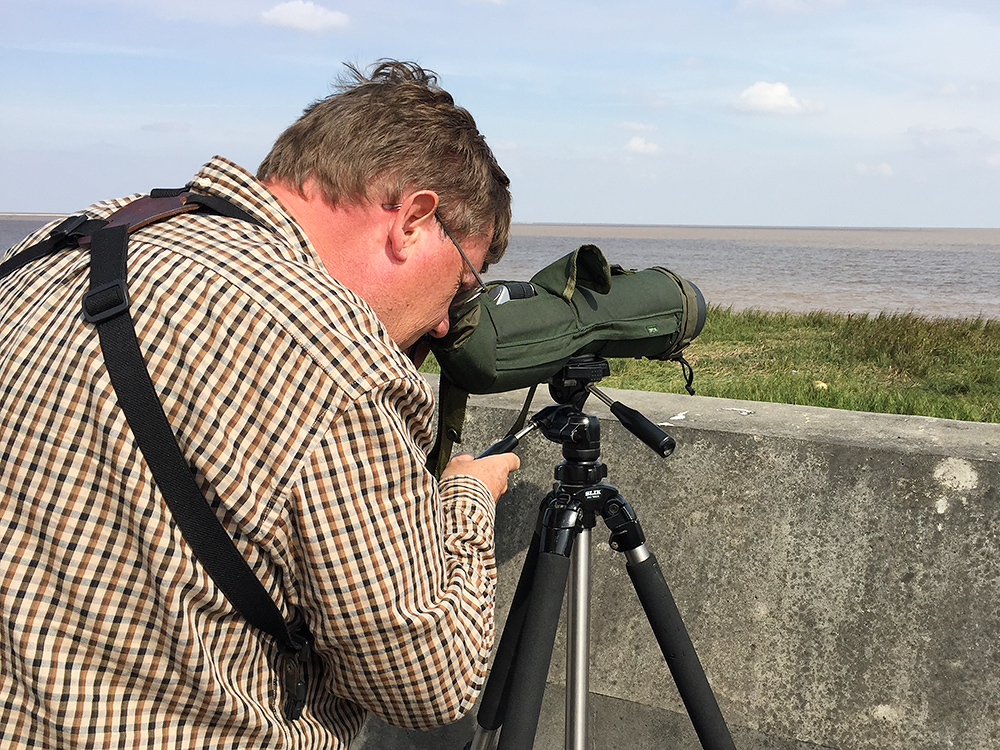
In America, I am fortunate to be based in central Florida, one of the finest birding areas in one of the best states in the USA for birding. In Florida, the birding is so good, I take my binoculars even on a quick trip to the grocery store. My parents’ back yard alone attracted dozens of species, and we added more at local parks as well as major reserves such as Merritt Island National Wildlife Refuge. Elaine and I also took a 15-day birding honeymoon to the Rio Grande Valley in Texas, where we birded with noted American birder Chris Feeney.
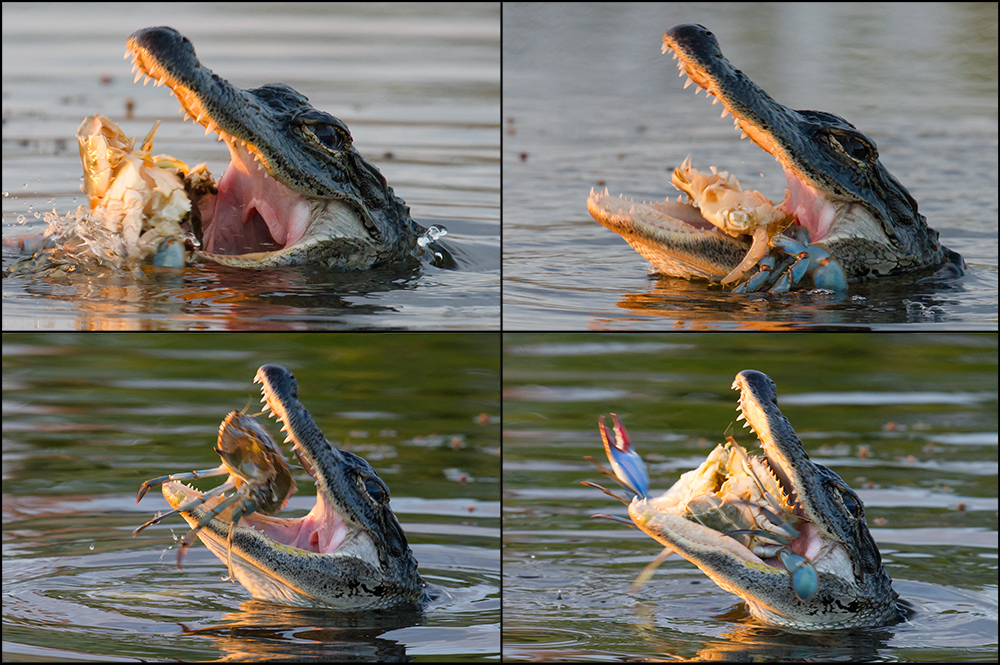
2015 IN SHANGHAI
The bulk of our year was spent around Shanghai. Our 227 “city” species were noted while compiling two major reports, one covering the spring migration and the other covering the autumn and winter. Trips further afield to places in Jiangsu and Zhejiang brought our Shanghai regional list to 305 species. Accompanying us on many of those trips was Michael Grunwell as well as German birder Kai Pflug and the husband-and-wife team of Stephan Popp and Xueping Popp.
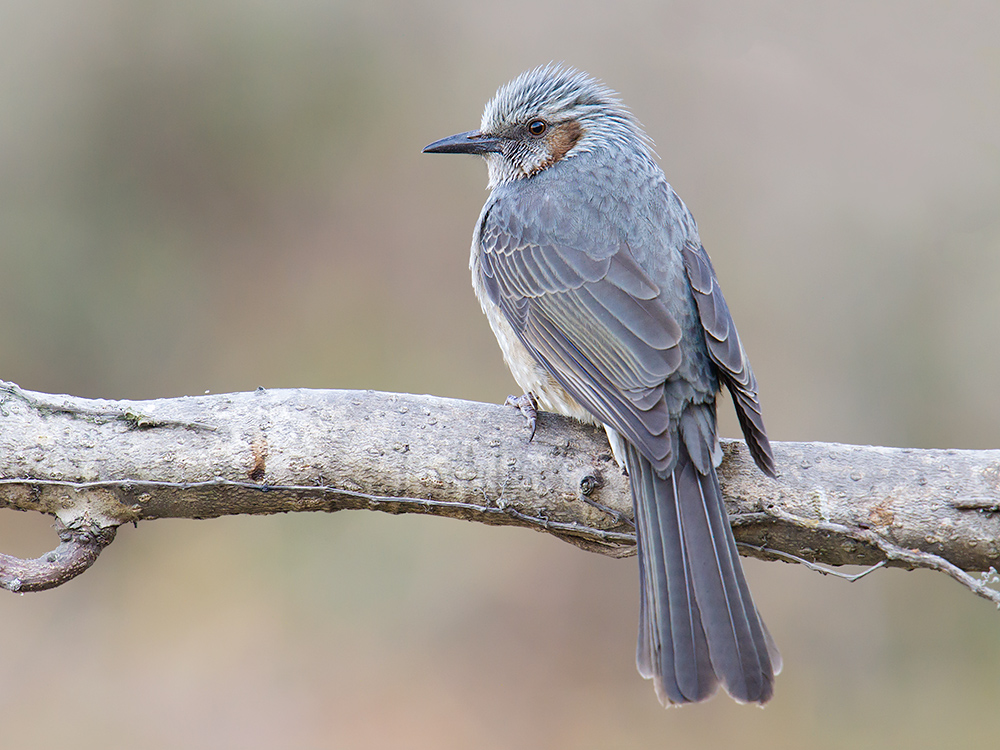
Our springtime expedition in the Shanghai region saw us note 243 species. The autumn-winter report contained 259 species by 31 Dec. Here is what we discovered in 2015 around Shanghai:
— Amid the unremitting transformation of the Jiangsu and Shanghai coast, we found several shorebird species on the brink, among them the critically endangered Spoon-billed Sandpiper, the endangered Nordmann’s Greenshank, and the endangered Black-faced Spoonbill. Other threatened waders noted by us were Grey-tailed Tattler, Black-tailed Godwit, Eurasian Curlew, Far Eastern Curlew, and Great Knot. Other at-risk coastal species were Oriental Stork, Chinese Egret, Saunders’s Gull, and Reed Parrotbill, as well as the elegant passage migrant Japanese Paradise Flycatcher
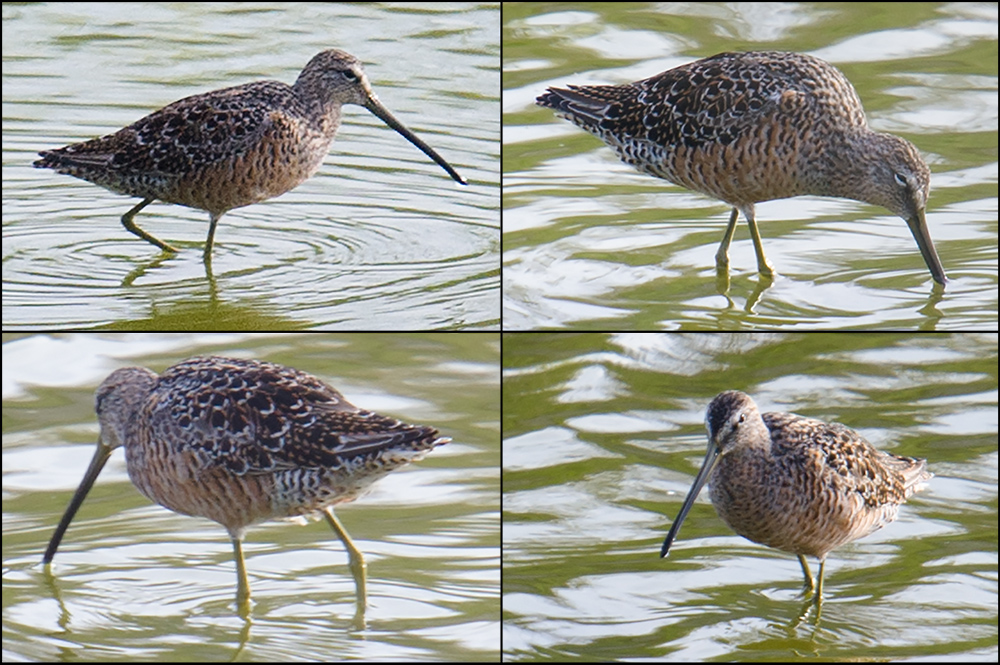
— The most notable extralimitals were Long-billed Dowitcher south of Yangkou, Black Redstart on Hengsha Island, and Dalmatian Pelican at Dongtai and Nanhui. Other interesting finds were Himalayan Swiftlet and Brown-eared Bulbul at Yangkou, Chestnut-cheeked Starling on Lesser Yangshan Island, and at Nanhui Common Goldeneye, Horned Grebe, Black Bittern, White-bellied Green Pigeon, Japanese Scops Owl, Grey-headed Canary-flycatcher, Middendorf’s Grasshopper Warbler, Black-collared Starling, and Common Rosefinch
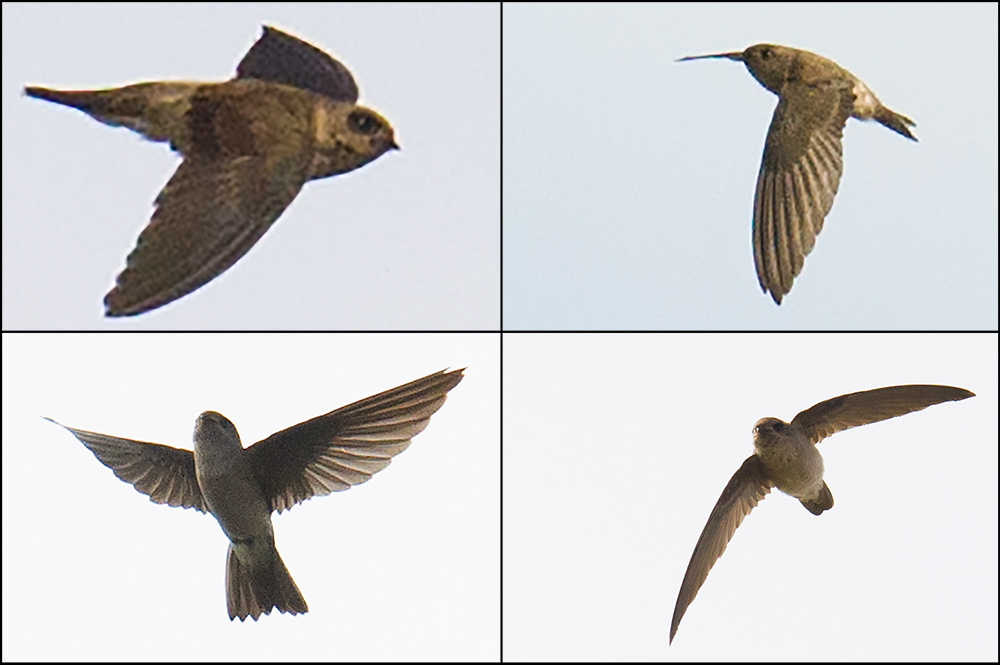
— We noted 14 Emberiza species, among them three threatened species (Yellow-breasted Bunting, Yellow Bunting, and Japanese Reed Bunting), the beautiful Crested Bunting, East Asian favorites Meadow Bunting, Tristram’s Bunting, Chestnut-eared Bunting, Chestnut Bunting, Yellow-browed Bunting, and Yellow-throated Bunting, and Little Bunting, Rustic Bunting, Black-faced Bunting, and Pallas’s Reed Bunting
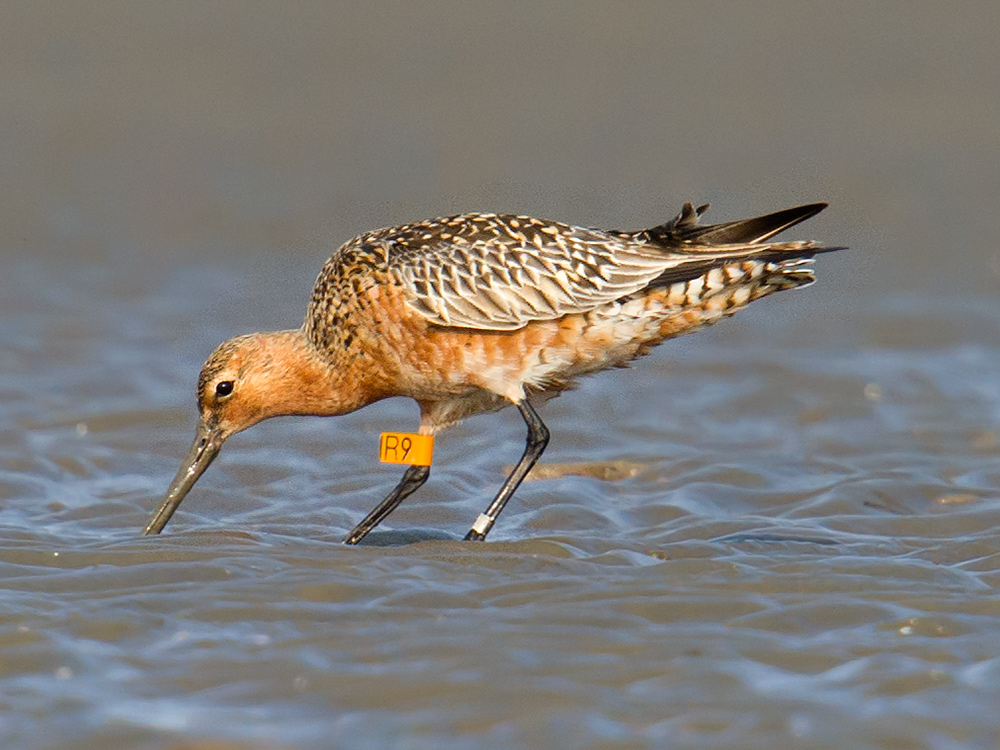
— We noted dozens of East Asian migrants, breeders, and residents, among them Grey-headed Lapwing, Pacific Golden Plover, Oriental Pratincole, Black-tailed Gull, Lesser Cuckoo, Northern Boobook, Oriental Dollarbird, Speckled Piculet, Swinhoe’s Minivet, Bull-headed Shrike, Chinese Grey Shrike, Yellow-bellied Tit, Pale-legged Leaf Warbler, Thick-billed Warbler, Grey-backed Thrush, Japanese Thrush, Brown-headed Thrush, Blue-and-white Flycatcher, Siberian Blue Robin, Rufous-tailed Robin, Yellow-rumped Flycatcher, Narcissus Flycatcher, Mugimaki Flycatcher, Forest Wagtail, and Red-throated Pipit
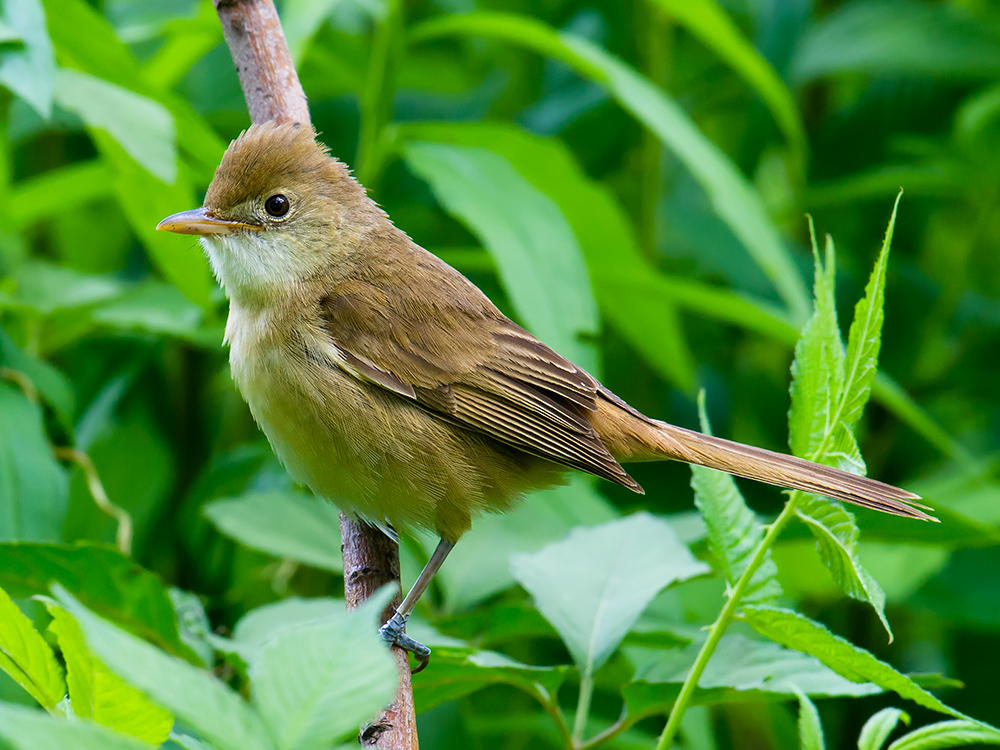
— During two trips to the Tianmu Mountains 250 km SW of Shanghai in Zhejiang, we watched a Crested Bunting sing, found a pair of Chestnut-winged Cuckoo, were encouraged by the many Buffy Laughingthrush, saw Crested Serpent Eagle and Black Eagle, came face-to-face with Koklass Pheasant, and noted more Russet Sparrow than Eurasian Tree Sparrow. We appreciated the strong Indo-Malayan character of the avifauna, as evidenced by classic southern Chinese species such as Grey-chinned Minivet, Grey Treepie, Indochinese Yuhina, Grey-headed Parrotbill, Rufous-capped Babbler, Streak-breasted Scimitar Babbler, Little Forktail, and White-crowned Forktail
— At Yangkou, we found a reliable site for the elusive Brown-cheeked Rail
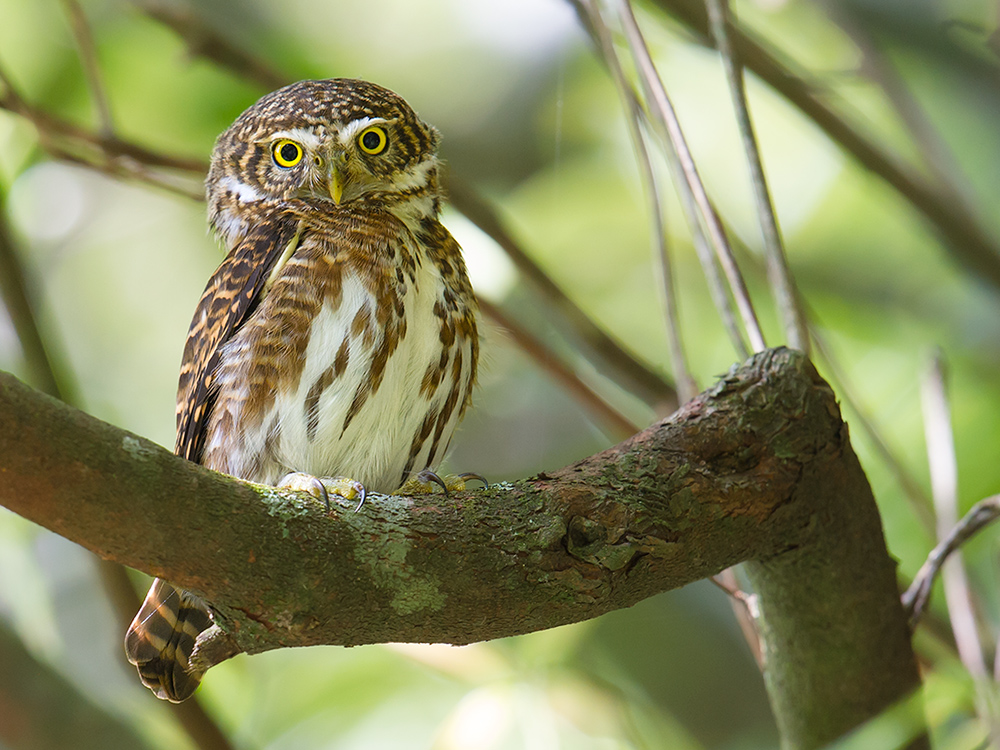
THE TRIPS TO EMEIFENG
In spring 2015, Elaine and I made two trips to Emeifeng in the mountains of northwest Fujian. We noted 103 species. Highlights:
— Finding the five key game birds: Elliot’s Pheasant, Cabot’s Tragopan, Koklass Pheasant, Silver Pheasant, and White-necklaced Partridge, as well as the beautiful Chinese Bamboo Partridge
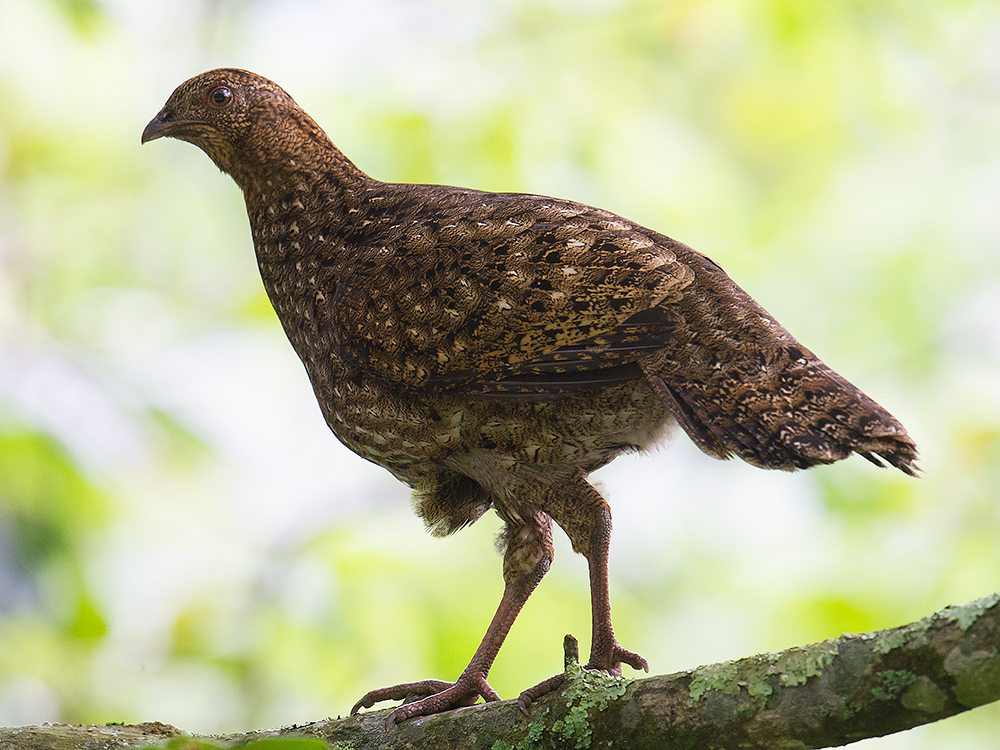
— At Shuibu Reservoir, finding Blue-throated Bee-eater, a species unexpected around Emeifeng
— Closely studying three Phylloscopus warblers that breed in southern China: Buff-throated Warbler Phylloscopus subaffinis, Sulphur-breasted Warbler P. ricketti, and Hartert’s Leaf Warbler P. goodsoni fokiensis, as well as having close encounters with White-spectacled Warbler Seicercus affinis intermedius
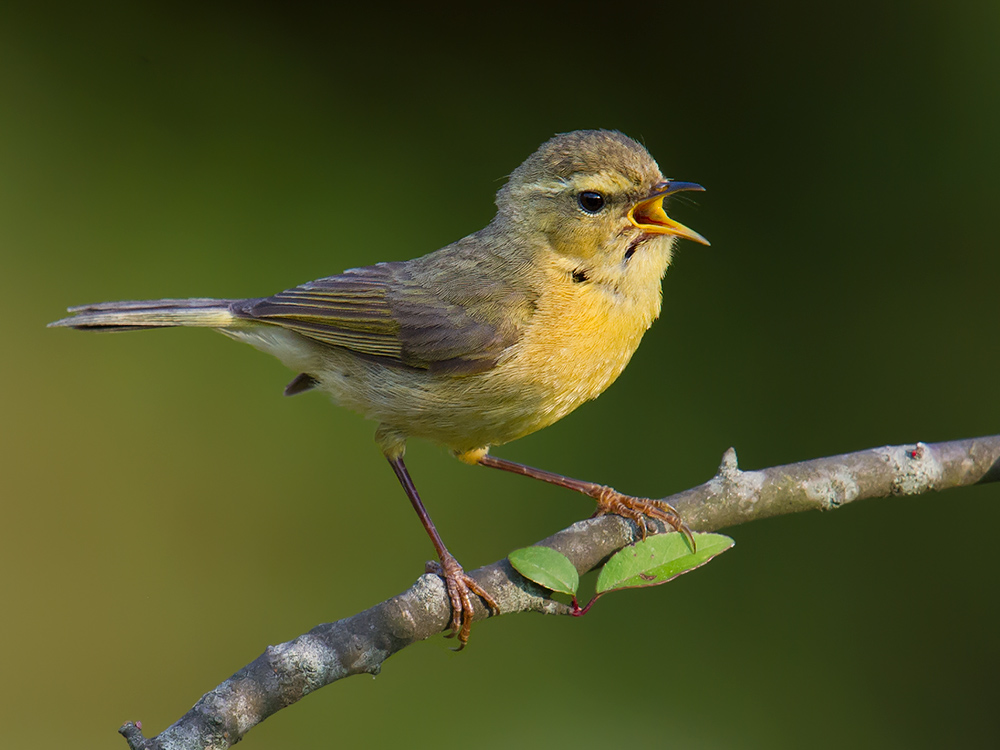
— Finding 4 of China’s 5 species of forktail: Little Forktail Enicurus scouleri, Slaty-backed Forktail E. schistaceus, White-crowned Forktail E. leschenaulti sinensis, and Spotted Forktail E. maculatus bacatus
— Hearing the many calls and songs of the accomplished vocalist Buffy Laughingthrush
— Hearing Spotted Elachura singing along a rushing stream and seeing Pygmy Wren-Babbler along that same stream
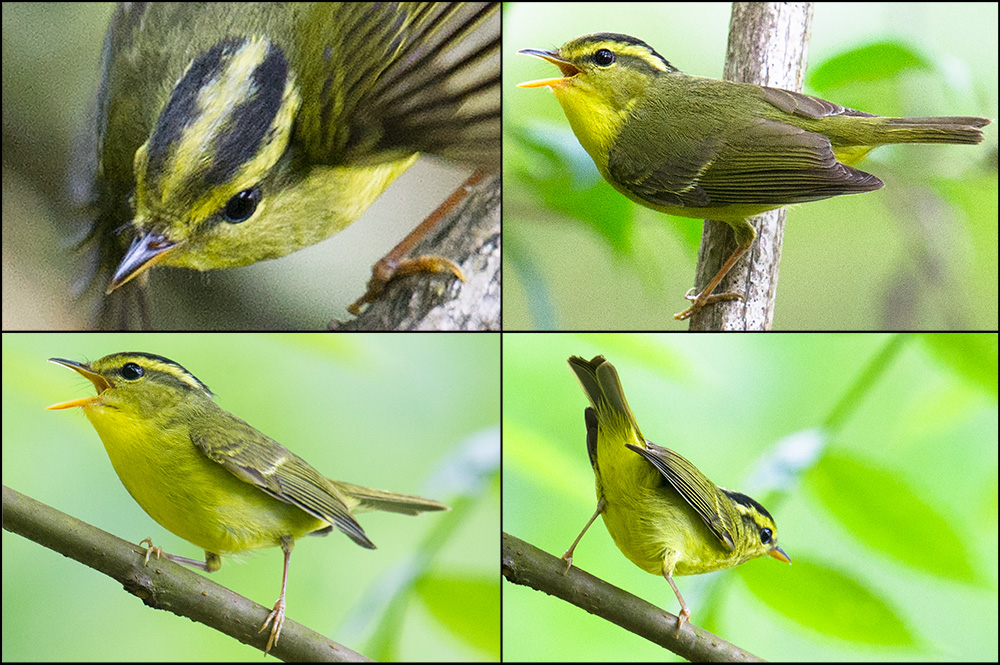
— Noting other key south-China species, among them Black Bittern, Mountain Hawk-Eagle, Black Eagle, Crested Goshawk, Besra, Collared Owlet, Asian Barred Owlet, Great Barbet, Speckled Piculet, Bay Woodpecker, Grey-chinned Minivet, Yellow-cheeked Tit, Sultan Tit, Rufous-faced Warbler, Chestnut-crowned Warbler, Brown Bush Warbler, Small Niltava, Verditer Flycatcher, Blyth’s Shrike-babbler, White-bellied Erpornis, Grey-sided Scimitar Babbler, Black-collared Starling, Fire-breasted Flowerpecker, Fork-tailed Sunbird, and Orange-bellied Leafbird
MAJOR DISCOVERIES IN HULUNBEIER & HEILONGJIANG
Our explorations in Heilongjiang and Hulunbeier were inspired by the words of John MacKinnon:
Instead of going to the familiar places in China to clock up new additions to life lists, why not get to some remote areas where you have a good chance of finding something new?
– John MacKinnon, A Field Guide to the Birds of China, p. 16
In Inner Mongolia and Heilongjiang, Elaine and I noted 228 species. We visited the region twice: once in January, a short trip with Brian Ivon Jones; and a longer trip in July with Jan-Erik Nilsén and later Brian. There were also two brief stops in Hohhot in south-central Inner Mongolia.
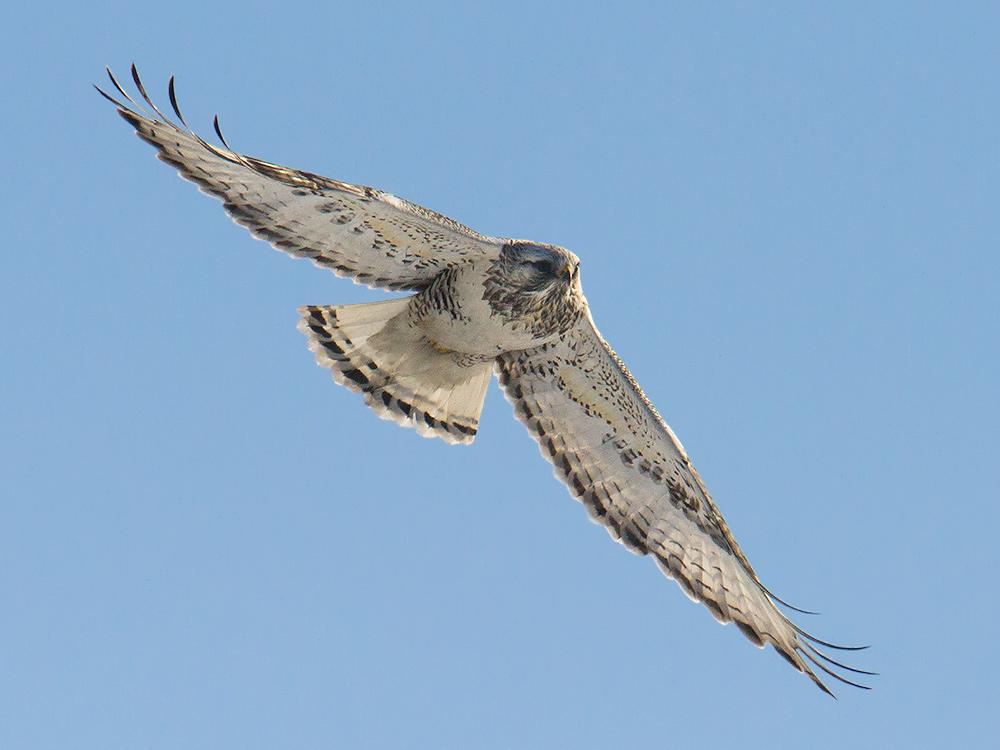
The January trip to Hulunbeier, the U.K.-sized prefecture in northeast Inner Mongolia, was our introduction to the region. Elaine, Brian, and I experienced cold such as I had never felt before. The lowest temperature we had was -36°C (-33°F). Among our highlights were Northern Hawk-Owl, White-backed Woodpecker, Eurasian Three-toed Woodpecker, Great Tit, and Arctic Redpoll.
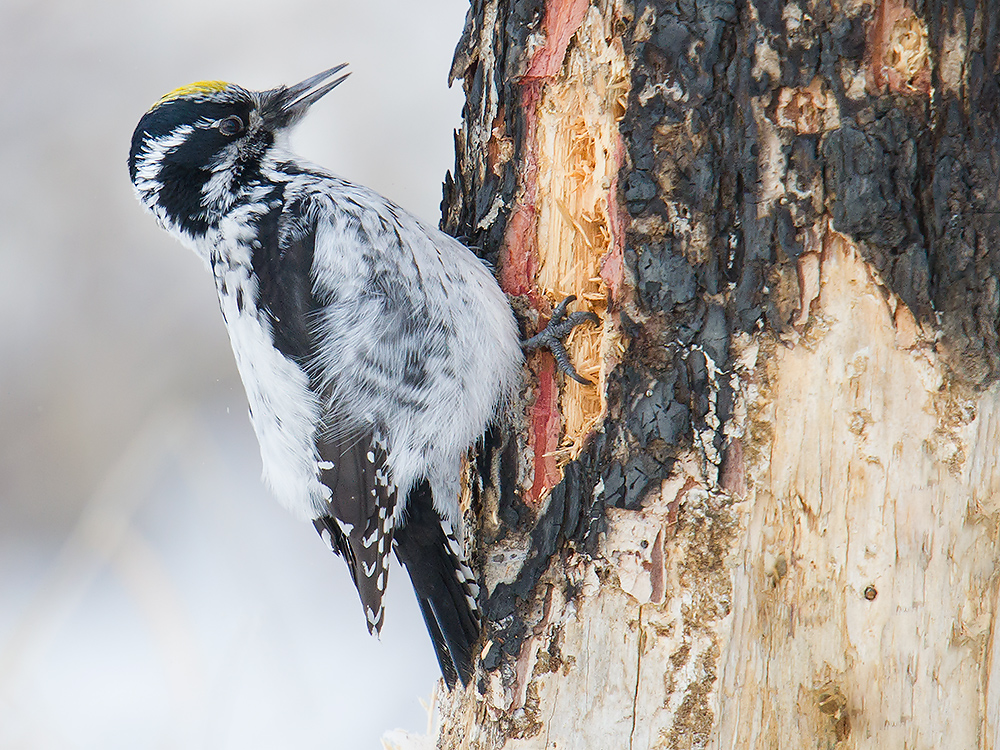
Elaine and I then traveled to Dawucun, her home village in southeastern Heilongjiang. There, on 21 January 2015, Elaine and I were married. (We worked in some birding that day, noting Common Kestrel behind her house.) I was pleasantly surprised by the good birding around Dawucun. Never walking more than 2 km from Elaine’s house, we noted Rough-legged Buzzard, Lesser Spotted Woodpecker, Long-tailed Tit, Siberian Accentor, and Eurasian Bullfinch.
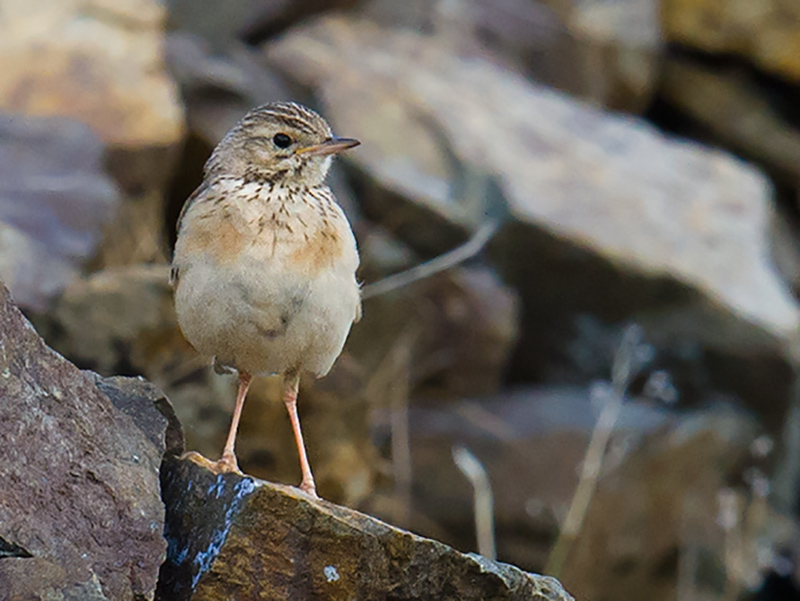
In the summer, Elaine and I returned to the region with Jan-Erik. The three of us spent 11-24 July exploring Hulunbeier. We drove our rented Honda CR-V 2533 km, covering the main habitats of Hulunbeier, among them the northern-temperate and taiga forests of the Greater Khingan Range and the arid grasslands around Hulun Lake.
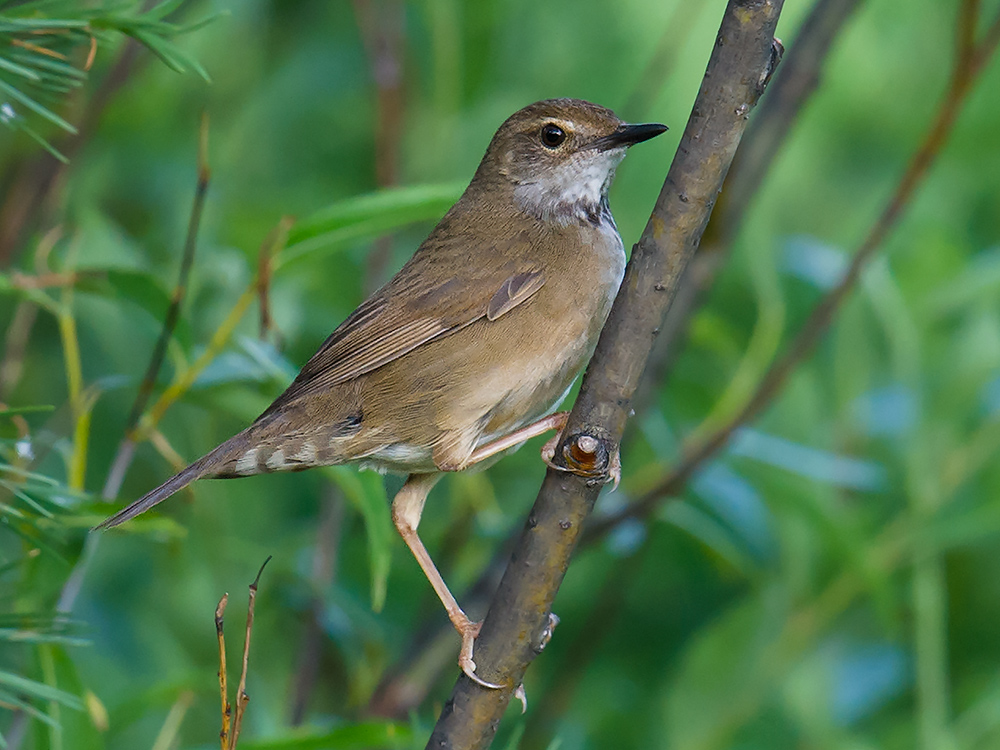
Among the 170 species we noted were breeding Scaly-sided Merganser at Yikesama Forest and Swan Goose at the excellent Modamuji wetland. Other highlights: Great Grey Owl and Gray’s Grasshopper Warbler at Wuerqihan; Demoiselle Crane, Oriental Plover, and Isabellline Shrike around Hulun Lake; breeding Arctic Warbler near Genhe and at Yikesama; Baikal Bush Warbler near Genhe and at Hanma Reserve; House Sparrow and Blyth’s Pipit at various locations; Hazel Grouse at various locations and Black Grouse at Hanma; nesting Common House Martin in Galaya; flocks of hundreds of Pacific Swift and Common Swift in the towns; banded Red-necked Stint near Modamuji; 5000 Sand Martin and Bearded Reedling at Modamuji; and Pallas’s Reed Bunting ssp. lydiae and Common Starling at Wulannuo’er.
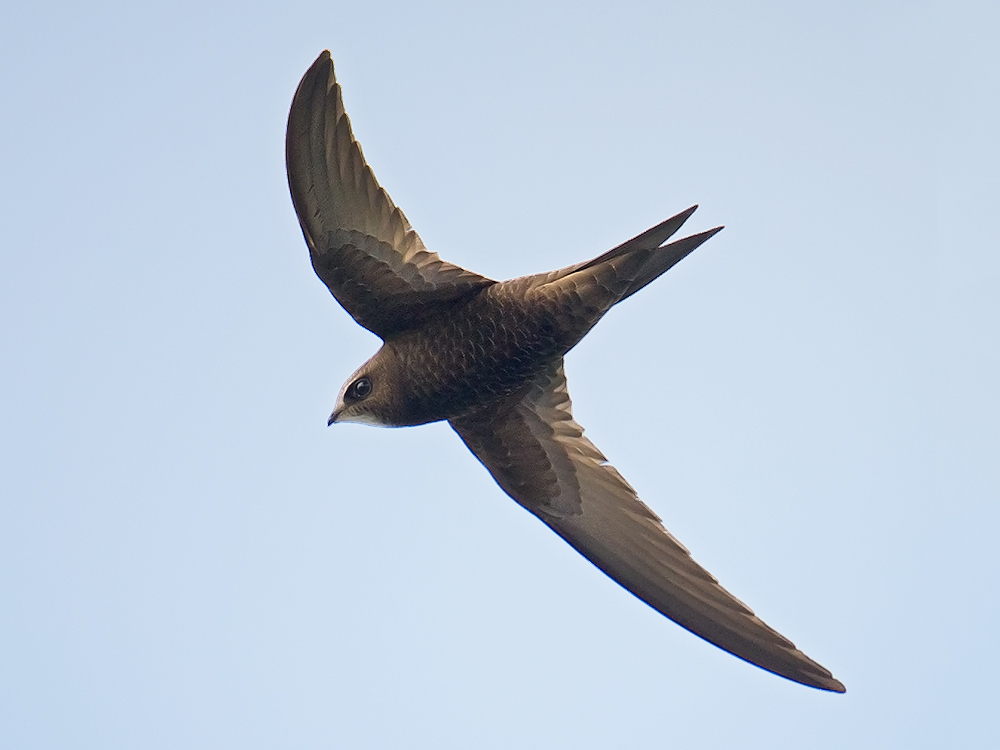
Next came two weeks (26 July-8 Aug.) in eastern Heilongjiang with Brian Ivon Jones. The trip began and ended in Jiamusi and took us on a loop through areas along the border with Russia, principally along the Ussuri and Amur rivers. This part of the trip was somewhat of a disappointment, mainly because seas of maize have eaten up hundreds of square kilometers of habitat. Still, we managed to find Oriental Stork in unexpected places such as Tongjiang; at Qixing River we found breeding Red-necked Grebe and noted Red-crowned Crane, White-naped Crane, and Reed Parrotbill (ssp. polivanovi, “Northern Parrotbill”); and at Qindeli Farms we saw Black Woodpecker and Mountain Hare.
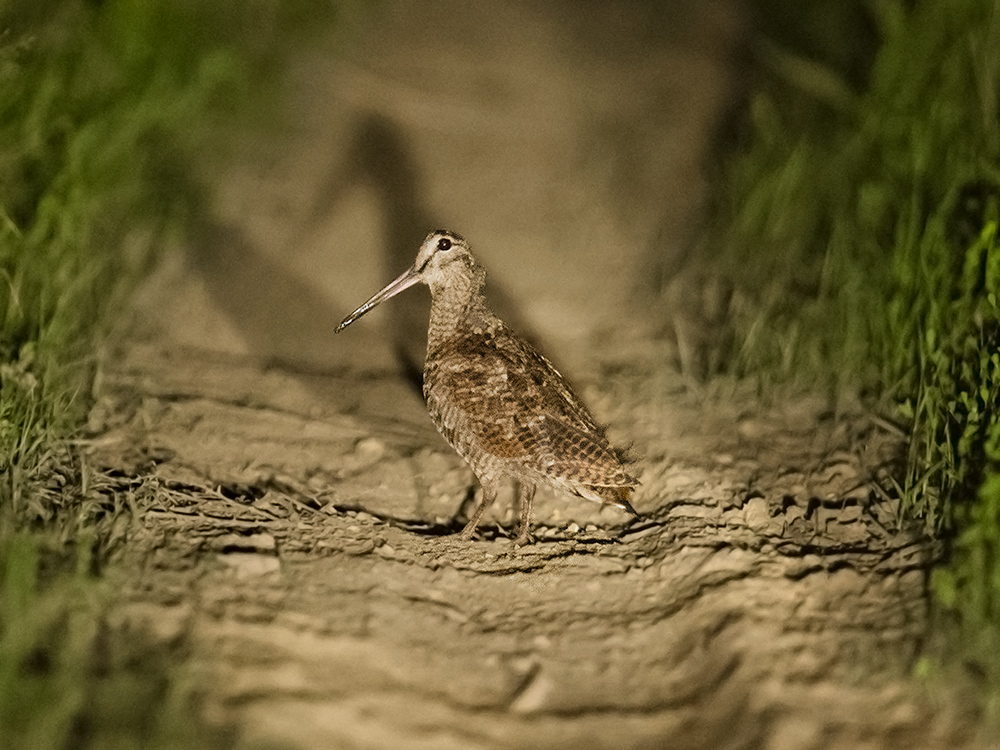
Elaine and I spent 9 Aug. to 8 Sept. at Dawucun. The month at Elaine’s parents’ house was a high point in my birding career and one of the most satisfying moments in my many years in China. The birding was excellent, even in late summer, and even better was combining birding with family. Elaine and I would bird in the morning and afternoon and in the evening have dinner with her parents, sisters, and nieces.
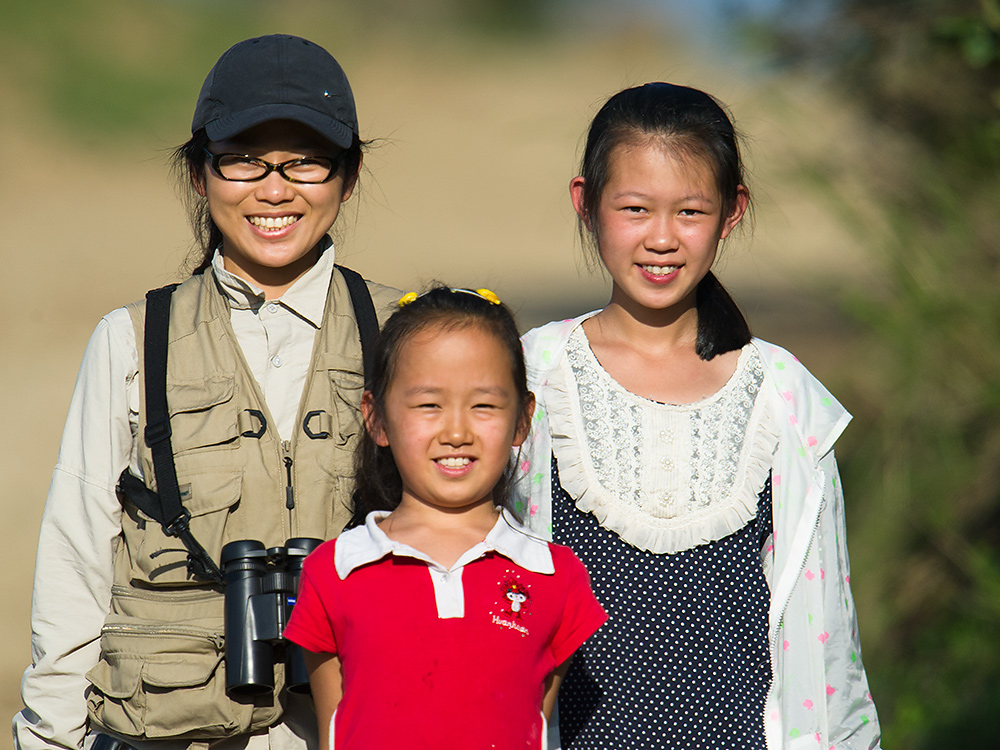
Elaine and I rediscovered the quiet hills 1.5 km south of her village, and we made a major discovery: Xidaquan National Forest, 9400 hectares of old-growth secondary woodland just 21 km from Dawucun. Xidaquan had never been properly birded before, and the park managers welcomed our research, giving us free admission in return for a list of the species we noted.
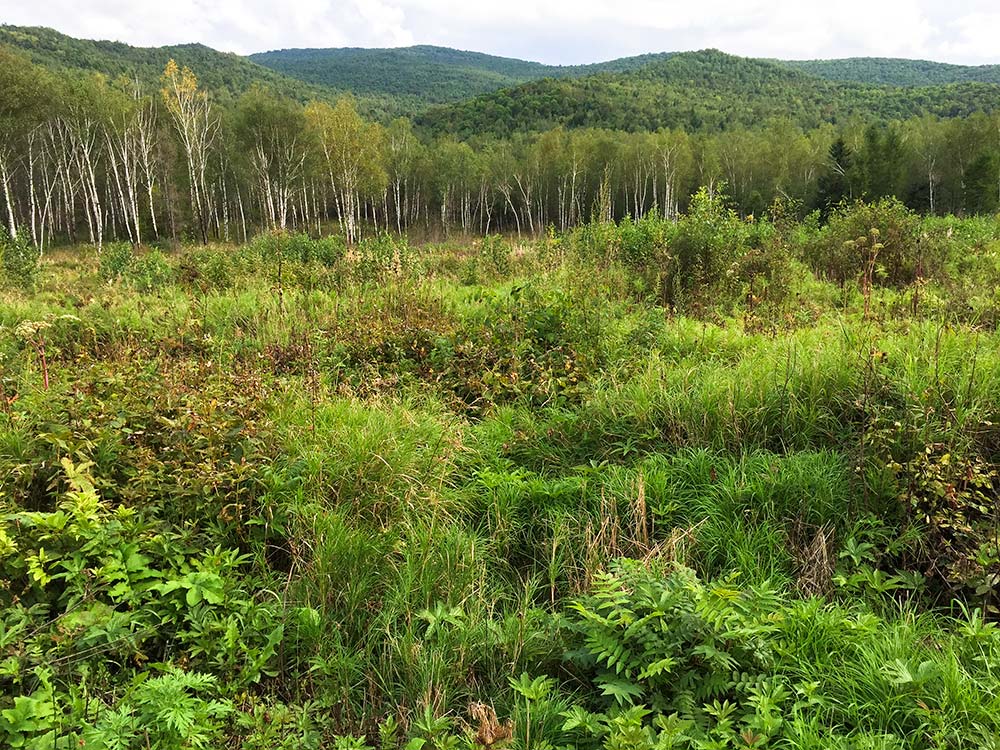
We made 12 visits to Xidaquan and submitted to the managers a list of 91 species noted around the park and Dawucun. Among the highlights were discovering the Eurasian Eagle-Owl while birding with Elaine’s young nieces at the quarry near Dawucun. We found Eurasian Eagle-Owl at two other locations, one of them in Xidaquan, where we also noted Ural Owl and Long-eared Owl. Eastern Crowned Warbler were singing loudly and defending territory deep into August, and Radde’s Warbler were behaving likewise into September.
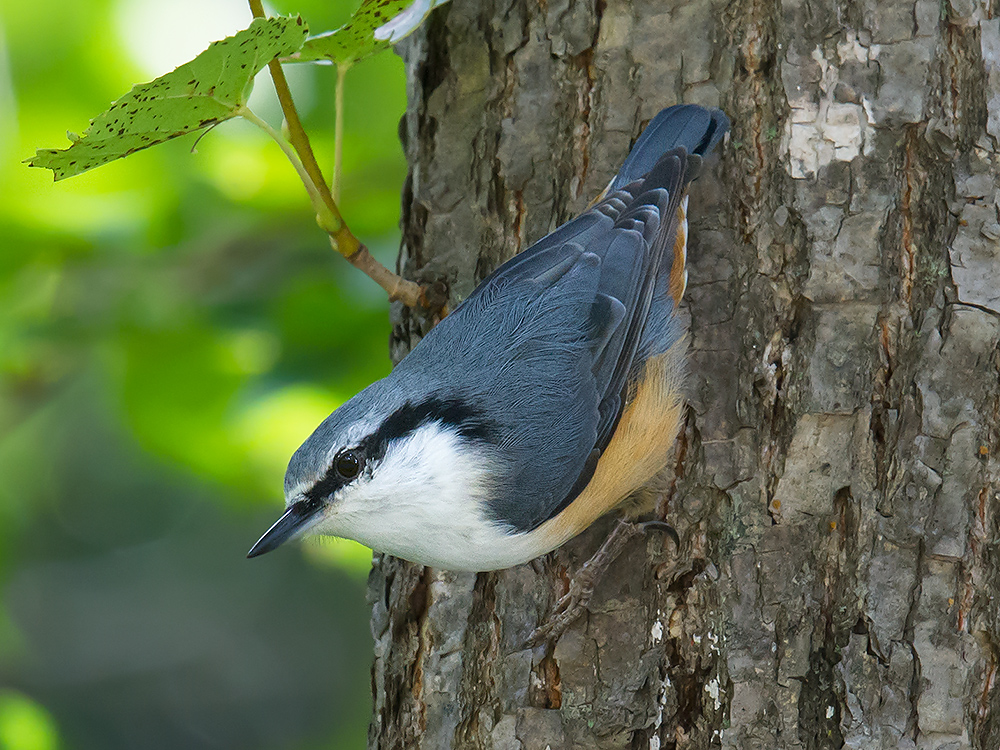
We regularly noted classic northeast China taxa such as Coal Tit ssp. ater, Eurasian Nuthatch ssp. amurensis, Eurasian Jay ssp. brandtii, Willow Tit ssp. baicalensis, and Marsh Tit ssp. brevirostris. At Xidaquan we saw Mandarin Duck, Asian Stubtail, Thick-billed Warbler, Eurasian Treecreeper, Siberian Thrush, Pale Thrush, Siberian Rubythroat, and Long-tailed Rosefinch; in the hills behind Dawucun we had breeding White-throated Rock Thrush, Asian Brown Flycatcher, and Yellow-rumped Flycatcher as well as Northern Goshawk, Chinese Grey Shrike, Grey-backed Thrush, Blue-and-white Flycatcher, and Eurasian Red Squirrel; and in Elaine’s parents’ back garden we had Daurian Starling as well as the regular nighttime visits by the eagle-owls.

The hills behind Elaine’s house became like a second home to us. A message I sent on 4 Sept. to the Shanghai Birding WeChat group sums up my mood:
“WISH-YOU-WERE-HERE MOMENT: If crisp fall weather could be bottled up and sold, then today would be the day to harvest it. Brilliant blue sky, cool qiufeng (秋风, ‘autumn breeze’), temp. about 17°C. Speaking of harvests, Elaine and her father are nearby picking Honey Mushroom Armillaria mellea. Elaine just radioed me; she and baba found a mother lode and expect to collect about 8 kg of the tasty fungus. I just now was writing almost literally in the shadow of a White-backed Woodpecker, the largest pied woodpecker and a very inquisitive creature, curious even about the weak playback coming from my iPhone speaker. Before settling down, I startled a Hazel Grouse and heard the laughter of Black Woodpecker. A Pale Thrush gave itself away with its tzzt contact call, then viewed me from a high branch before darting off. … Thank you for waiting me out while I drink my fill of these northern forests. It’s been one of my sweetest China experiences, doing great birding by day and being welcomed by Elaine’s warmhearted family at night. Birding and family! Life doesn’t get much better than this.”
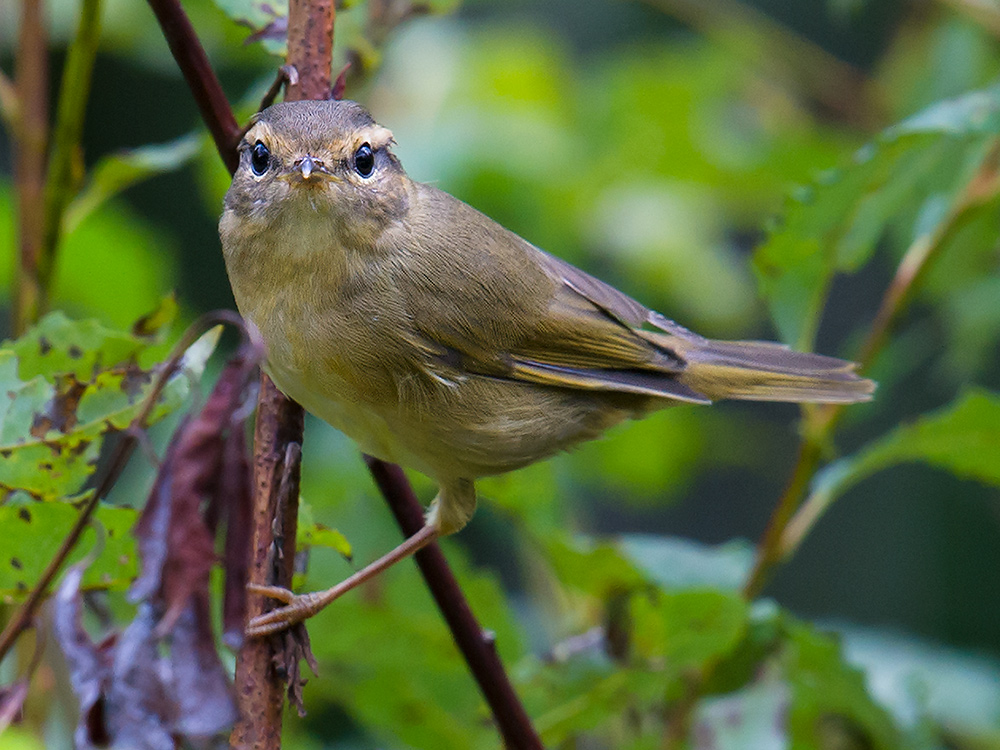
BEIJING & HEBEI IN OCTOBER
Jan-Erik was an excellent tour guide at Nanpu, a coastal site in Hebei and the major wintering site for Relict Gull. Our Swedish friend also introduced us to Miyun, where we noted Greater Spotted Eagle and Long-billed Plover.
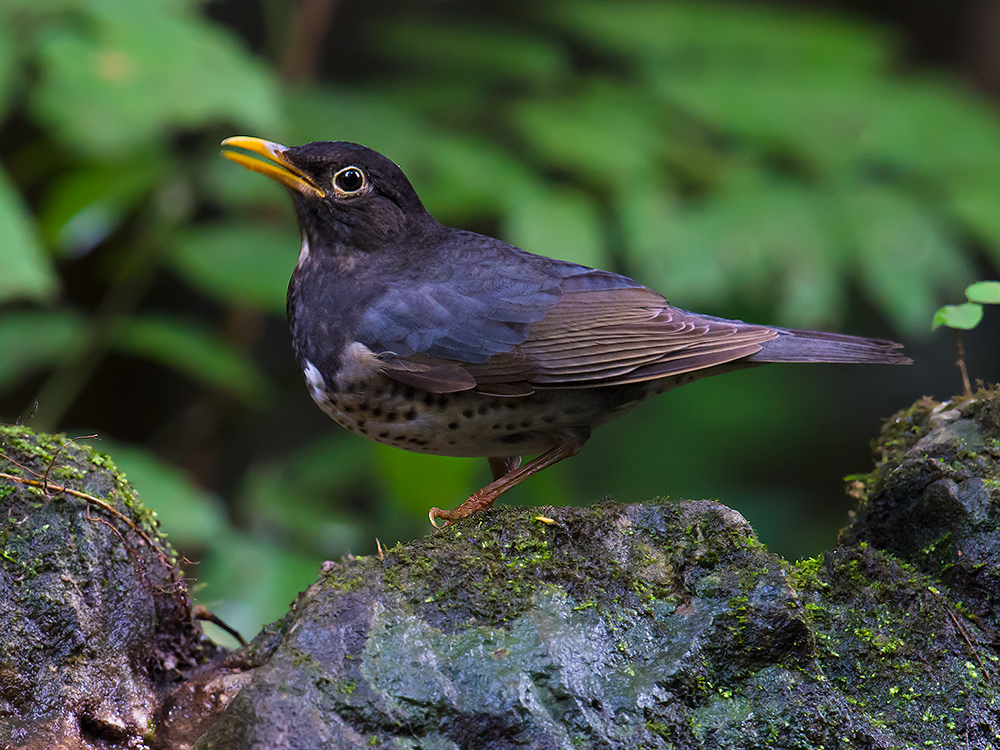
LONGHENG, GUANGXI, HOME OF NONGGANG BABBLER
From 16-21 Dec., Michael, Elaine, and I were in Longheng, Guangxi. We noted 76 species, chief among them Nonggang Babbler. We had White-winged Magpie, savored close nighttime views of Collared Scops Owl, enjoyed views of the elusive Lesser Shortwing, and delighted in southern China favorites Sultan Tit, Buff-breasted Babbler, Streaked Wren-Babbler, and Black-breasted Thrush. Farther afield, driving in our rented Mitsubishi Pajero, we found Large Woodshrike in the heavily wooded valley near Longheng, White-browed Piculet and Chestnut-capped Babbler in the cane fields near Longheng, Slaty-bellied Tesia in a thicket along a farm road, Siberian Rubythroat along a stream near Nonggang village, and Red-headed Trogon, Long-tailed Broadbill, Grey-throated Babbler, and Pale-footed Bush Warbler near Nonggang National Nature Reserve. Pin-striped Tit-Babbler and Rufescent Prinia were seen at various points, and Crested Bunting were locally abundant on the road between Chongzuo and Longheng.
Bird Species Noted in 2015 by Craig Brelsford and Elaine Du
In 2015, Craig Brelsford and Elaine Du noted 305 species in the Shanghai region, 450 species in China, and 640 species worldwide.
Shanghai region: 305 (227 in Shanghai Shi)
China: 450
Asia: 451 (includes China list plus Varied Tit, noted by Craig in Seoul)
World: 640 (includes Asia list plus all American species not on Asia list)
Featured image: In 2015, Elaine Du discovered Sandhill Crane (L) at my home in Florida; Craig discovered Eurasian Eagle-Owl (R) at Elaine’s home in Heilongjiang. 2015 was our Year of the Crane and the Owl.

